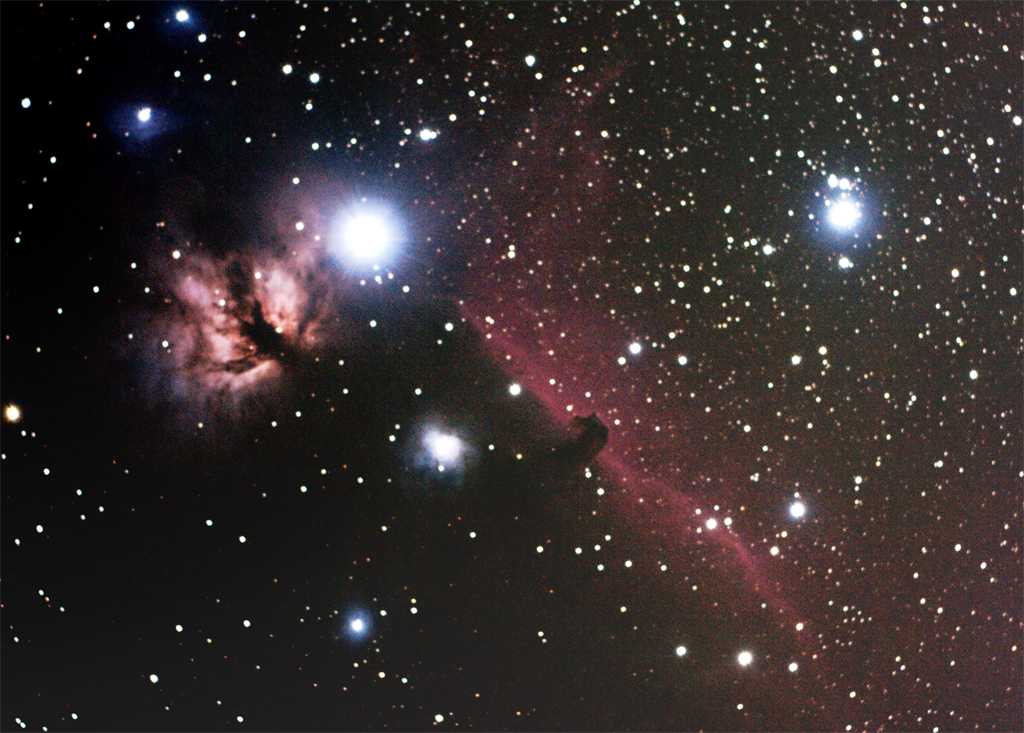
Light pollution is the gray background and the gray square is the Horsehead.ĭim the background more than the gray square and the gray square pops out. Now, look at the same gray square against a black background. You are looking at a gray square against a gray background. Hmm, but why cut out the H-alpha by using a narrowband/H-beta filter? If it does not interfere with function of increasing contrast of the object, would it not be worthwhile to let it pass so the nebula would be perceived as brighter by the observer, however low the intensity or the eye's sensitivity is to such radiation?Įven if H-alpha emissions are low for IC434, other nebulas might radiate them at higher intensities. Why? Is the difference accounted for by the passband between H-Beta and OIII emissions that the narrowband filters might let through? If true, what is the source of such radiation and why does it affect the visibility of the Horsehead?Įdited by dearchichi, 19 November 2018 - 11:23 AM. The only (naive?) explanation that comes to my mind is that use of a H-Beta filter reduces the glare of the stronger H-Alpha emissions thus allowing the Horsehead silhouette to be observed.Īlso, if narrowband filters let through both H-Beta and radiation from OIII states and IC 434 does not contain much of the latter, should not the visibility of the Horsehead be similar with narrowband and H-Beta filters? This is not so, as Knisely has documented. if H-Beta radiation from IC 434 is significant, why is IC 434 red and not more bluish in photographs? Also, why wouldn't the Horsehead not be visible when observed directly or with Broadband filters, both of which would let H-Beta through that would silhouette the nebula? without filters) or with Broadband filters, both of which would let H-Alpha through that would silhouette the nebula? If this is true, and assuming dark skies and no interference from stars in the FOV, why can't the Horsehead be better observed directly (i.e.

It is usually regarded that the latter is about 30% as strong as the former. IC 434, as per my knowledge, is a HII region and hence would emit both H-Alpha and H-Beta wavelengths.

admin on N-1 For the Moon & Mars, a second edition.Please help me understand the science behind why the Horsehead is better observed through H-Beta filters (with reference to David Knisely's well-known work on filter comparisons).William R York on Bono’s Hyperion, finished renders.Fernando "Doc" Aguilar on RN-2, the Nuclear R7, The Historical Reference Information.admin on RN-2, the Nuclear R7, The Historical Reference Information.Marc McReynolds on The Frank Tinsley “Lunar Unicycle”.A quick guide to getting good colour from old Earth photos.N-1 For the Moon & Mars, a second edition.Next page Search for: Search Recent Posts In case you are wondering, I got the title from a misremembered Hawkwind lyric – I liked the idea of a starship once again receiving the light of a Sun after an incredibly long journey.Īs usual, all my bits were done in Lightwave 3d. I struggled to choose between blue and red, but in the end I decided to do both! I experimented with a blue fill light, for added colour, but without a blue light source onscreen, it did not look right.Īfter experimenting with a warmer tone for the side light, I decided to go for some very small limited range point lights, acting like running lights on the ship. In exactly the same position I had a red dome light – dome lights are extended sources, (often a whole hemisphere), my idea was that the red light would produce a subtle warm edge to the shadow borders. I used a yellow distant light for the key light, matching the colour of the bright star. I found a nice starship in the file libraries at Foundation 3D, and set about it. I’m not very good at using strong colour, and this seemed like an excellent chance to get some practice in.

I was very interested when fellow IAAA member Ali Ries offered me the chance to use some of her glorious nebula backgrounds.


 0 kommentar(er)
0 kommentar(er)
